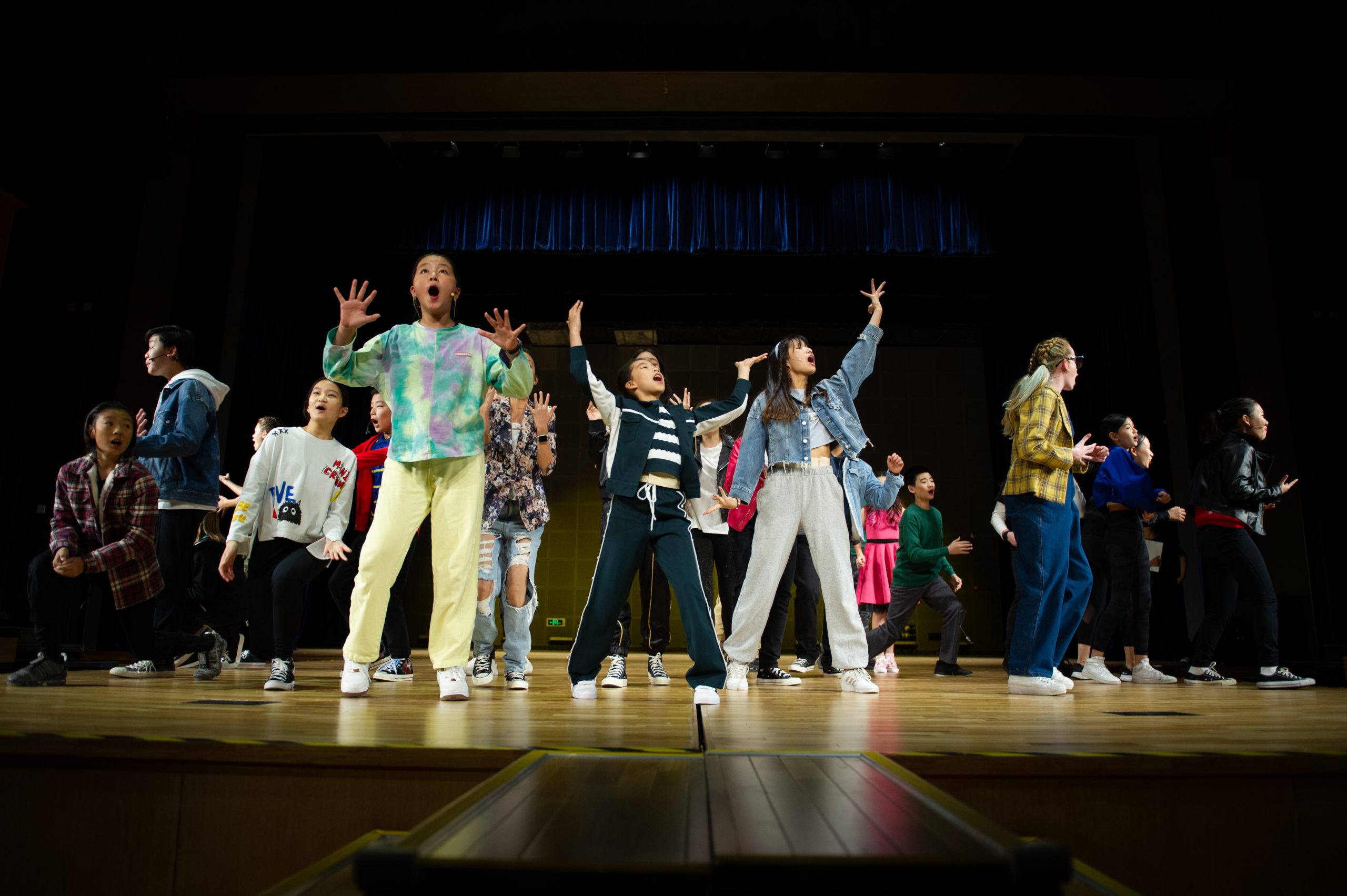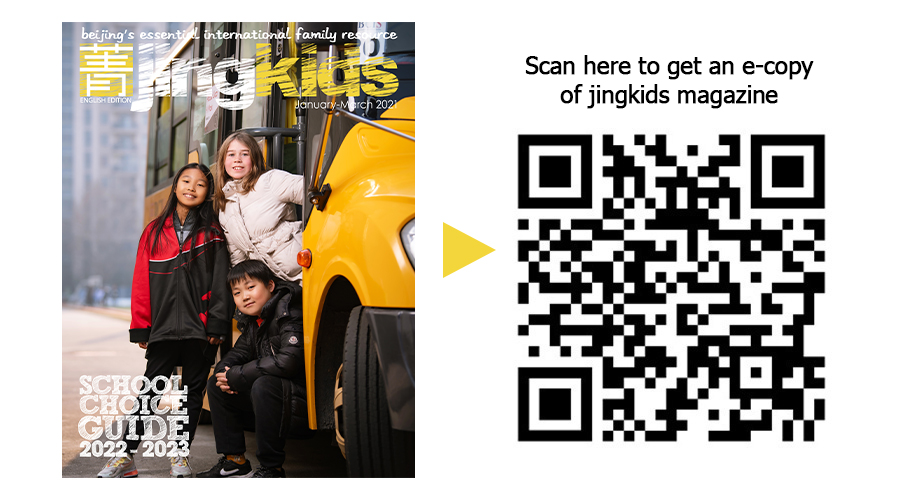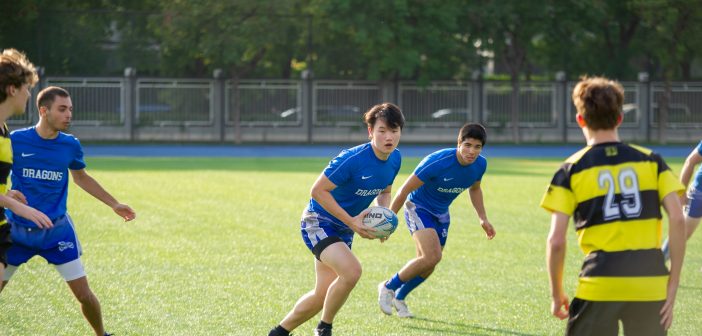Extracurriculars, after-school activities (ASA), or co-curricular activities (CCA) – whatever you may call them – are anything but an extravagance these days. Indeed, you might call them an essential experience, with a vast majority of international school kids from age 6 onwards taking part in their school’s extracurricular program. There is a laundry list of compelling reasons why kids should take part in extracurricular activities after school, ranging from social development to the opportunity to achieve collegiate scholarships or even some level of fame and repute. That said, not all extracurricular programs are created equal. We spoke with a top international school in Beijing to get the lowdown on choosing a quality extracurricular activity for your child.

Along with technological advances and the shifting zeitgeist towards sustainable humanitarian efforts, extracurricular activities at school have expanded a fair bit in the last decade, but some perennial favorites stand the test of time. Director of Student Activities at International School of Beijing (ISB) Simon Parker tells us, “I don’t think the trend has changed too much in terms of what is popular – things which are popular here now have always been popular. The three activities with the biggest volume of students across the whole school right now would probably be Strings/Orchestra, MUN, and basketball. However, we have a huge number of extremely popular activities that are consistently full, but for logistical reasons have slightly less student volume – swim, rock climbing, choir, mathletes, Habitat for Humanity to name a few.”
While the extracurricular activities offered at schools may not have changed dramatically, one change is participation from a younger age. Parker shares, “We have witnessed more specialization at an early age. At present, about 75 percent of our Elementary School students are taking part in our after-school programs on campus, and over 60 percent of our Middle School students play on a sports team at some point in the school year.” But don’t worry if your kindergartener isn’t particularly committed to a specific activity just yet. Parker continues, “Our philosophy at ISB is to encourage students to try many activities when they are younger and to specialize when they are a bit older. This supports our mission of allowing students the freedom to explore and discover their passions. We believe this helps provide a more holistic, well-rounded experience.”
You’ll also be glad to know that the vast majority of after-school programs at international schools in Beijing are run by staff members, or by direct partner organizations of the school, and as a result, the quality control is easier and managed in-house by the Activities Office. At ISB, there is a common proposal process for activities that guarantee vendors are well qualified, and also allows them to make sure that each session or season there is a good balance of different types of programs for their students. “Given the scale of the program, it is crucial for the program managers to have a keen handle on everything that is happening, and this is managed through a series of regular informal visits to all activities,” Parker shares.
 Having said all of that, my million-dollar question was whether there are certain extracurricular activities that look better on a child’s transcript, thereby boosting their chances of getting accepted to college.
Having said all of that, my million-dollar question was whether there are certain extracurricular activities that look better on a child’s transcript, thereby boosting their chances of getting accepted to college.
Sadly, there is no simple answer to this question. While it is clear that outstanding achievements in sports may earn a full-ride scholarship, the percentage of youth who do reach such achievements is less than 5 percent of the study body. So what happens to the rest of us?
These are Parker’s insights: “The whole co-curricular program here is education-based and aligned with the mission of the school, and the value placed on it can be best seen by not only the school’s amazing facilities but also by how well resourced the ISB Activities Office is to manage these programs. We want students to be engaged, connect with things they like to do, join a team, have the opportunity to lead if they choose, serve the community, learn how to work effectively with others, experience success, and also learn how to deal with situations that might not go to plan, to have fun. Co-curricular experiences are the things that students remember about their time at school – that MUN conference, that volleyball tournament, those visits to the migrant village school, that dance performance. Our goal is to strategically build a program that will help every one of our ISB Dragons find that thing that they will be talking about for years to come, and that helped define them as an individual and helped make their school experience a memorable one.”
Images: Courtesy of schools

This article appeared in the jingkids 2022 School Choice Guide issue




